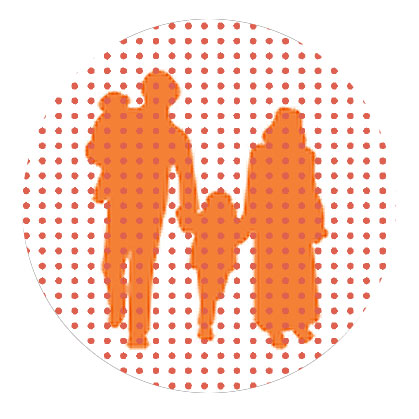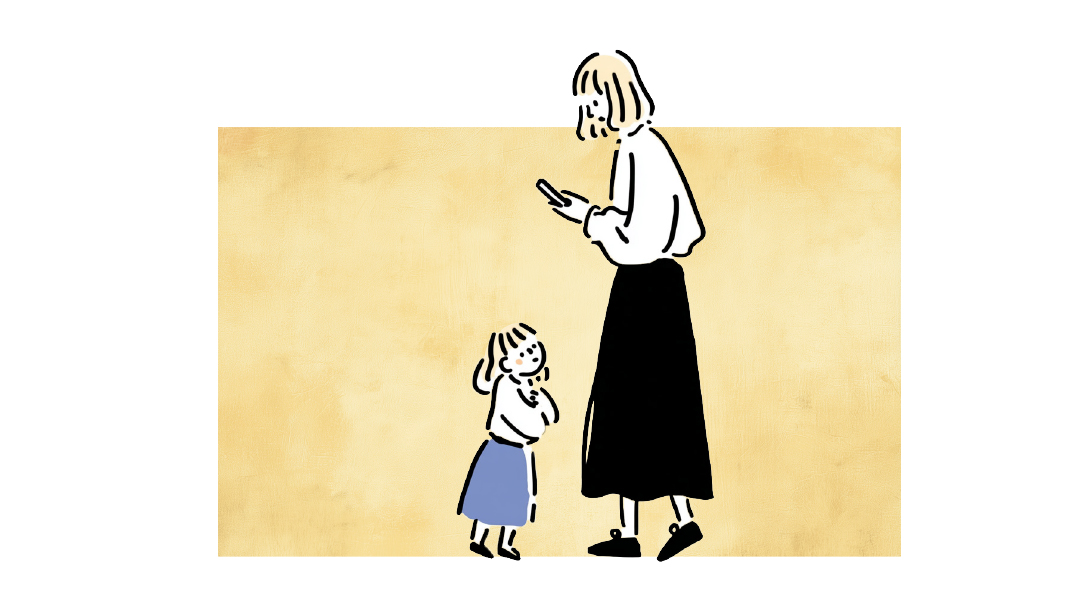Can’t Have It

Hearing the Word “No” Isn’t a Catastrophe

Kayla is crying her little heart out. “I want it!” she chokes out between her heavy sobs. “He had it already,” she explains desperately to Mom.
Kayla’s brother Daniel is soaking it up, playing with the yo-yo with renewed vigor, celebrating the fact that he has it and his sister doesn’t! Mom sees Kayla’s anguish. She wants to save her little girl from childhood trauma. She tells Daniel, “You’ve been playing with it for ten minutes already. You need to give Kayla a turn. I’m going to count to 20 and then you have to hand it over to her.”
We won’t discuss what happens next, except to say that it isn’t pretty.
Before we go further, I just want you to pause for a moment: How old are the children in the above scenario? What if Kayla is two years old? Would you insist that her brother give her the toy so she’ll stop crying? Would it make a difference if she is six or eight or ten years old? If so, how? What if Daniel is just four? Or what if he is 12 or older?
I ask these questions because I want you to think about your parenting philosophy. There are a lot of possibilities. Perhaps you feel that a two-year-old should always be given what she wants because she’s not old enough to understand why she can’t have it, and/or because she has serious problems with the word “no.” And maybe you feel that it’s only fair that your kids take turns playing with a toy that each of them wants at the same time.
If so, I’m wondering why. Is this the only toy in the house? What would happen if you told the nine-year-old to just go find some other toy? I’m imagining that the nine-year-old would insist that this is the one and only toy he wants to play with. Would you find his argument so compelling that you would then capitulate and insist the older one hand it over when the timer goes off in five minutes? If so, why?
The Power of No
Although kids act like the tragedy of the century has occurred when they can’t have what they want, and we loving parents naturally want to protect them from pain and suffering, we aren’t doing them any favors by ensuring they always get what they want. We may, in fact, be causing them harm.
(Having said that, there are definitely different standards for babies and toddlers than there are for school-age and older kids. This is because yes, babies and toddlers lack comprehension of the relevant factors.)
However, even preschool kids can understand that another child is busy playing with the coveted toy and therefore the toy is temporarily unavailable. Parents can either communicate that the unfortunate situation is intolerable or that it’s tolerable. By insisting that the desired toy become available, parents are aligning with the youngster’s assessment that the situation is one that can’t be tolerated — that it will cause overwhelming pain, and that there’s nothing that can possibly relieve it apart from accessing the toy.
Imagine, however, that parents shrug their shoulders and instruct the unhappy seven-year-old to “go do something else.” Their casual disregard of the issue — yes, their invalidation of the child’s heartbreak — conveys the message: this is NOT a catastrophe; you have other toys, life will go on even if you don’t play with that toy right now, and I completely expect that you’ll survive the frustration of the moment.
Children carefully watch their parents, learning from their reactions what is important, what is trivial, what is frightening, what is nothing to be concerned about, and so on. The child learns from the parent what constitutes a catastrophe — not the other way around. Parents demonstrate, through their reactions to life, the appropriate emotional and behavioral responses to lack, disappointment, and frustration.
If you want to help your child learn to take things in stride, to creatively solve their problems, and to cope well when things don’t go their way, show them how it’s done. Take your child’s unfounded hysteria in stride, don’t panic, and don’t act like it must be eradicated at all costs.
Instead, calmly accept and allow it, and patiently wait for it to abate. If your child cries because she hasn’t gotten the toy, know and show that it will be alright.
(Originally featured in Family First, Issue 855)
Oops! We could not locate your form.




